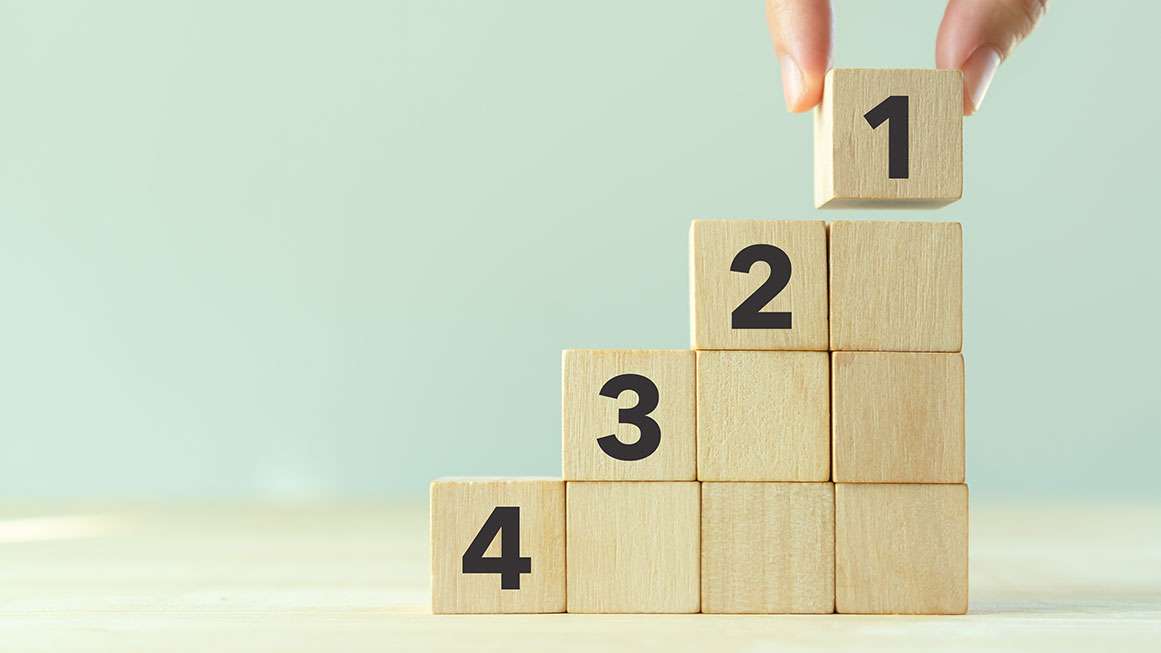Ranked preference voting is relatively new, and most voters probably don’t know about it, but it’s seeing a surge of attention following its role in the 2022 midterms.
In a ranked preference ballot, rather than choosing just one candidate from a list, voters place each candidate on the ballot in order of preference, regardless of party. If a candidate receives a majority of first-preference votes, that candidate wins. If no candidate has more than 50 percent in the first count, the candidate who received the fewest first-preference votes is eliminated from contention and all ballots for the first-listed eliminated candidate are recounted, this time counting second-preference votes. This process is repeated until one of the remaining candidates passes 50 percent.
Maine became the first state to use a ranked-choice system after voters approved the switch in 2016. The system was deployed in the 2018 midterms, causing a House seat to flip from Republican to Democrat when less than 50 percent of the current election was held. First counting of ballots. Both independent candidates received the fewest votes in the first two rounds of counting; When the ballots were replaced, most of their voters favored Democrats. Under Maine’s previous system, a plurality was enough to secure Republican reelection but ranked choice allowed independent voters to still weigh in when voting for a third party.
Alaskans approved a similar measure in 2020. That state’s turnaround drew national attention when Mary Peltola defeated former Gov. Sarah Palin in an August 2022 special election to become the third Democrat elected to the U.S. House in state history. Although nearly 60 percent of voters chose a Republican first, those votes were split between Palin and Nick Begich III; When Begich was excluded and her vote redistributed, only half of her voters chose Palin second, while 30 percent chose Peltola. Therefore, Peltola received the Democratic and Republican votes and won with more than 51 percent of the final tally. (The general election in November saw very similar results, with the same three candidates as well as a Liberal.)
Critics like Palin claim that the ranking choice is too complicated and its complex nature amounts to voter suppression. But 85 percent of Alaskans polled said they found it “easy.”
Ranked choice can do more than just two-party races. Historically, a major obstacle for third-party candidates has been the perception that a vote for long shots is a vote wasted. But on a ranked-choice ballot, voters can rank each candidate in a given race. Over time, it may cause more voters to consider candidates outside the two parties.
Ranked choice also eliminates the need for runoff elections. More than 10 states conduct runoffs when no candidate wins a majority. This requires a second election weeks later and usually results in low turnout. Three Senate elections in Georgia went to runoffs from 2020 to 2022, and each drew 10 percent fewer votes — between 350,000 and 450,000 — than the general election that directly preceded them. If Georgia used a ranked-preference system of voting, voters could simply rank all the candidates in November and skip a runoff altogether.
A downside is that the calculation process takes time. In a traditional system, votes may be counted as soon as voting closes, and mail-in ballots may be counted earlier. Ranked preference ballots may be substituted only after all ballots have been received. For more remote areas, Alaska allowed more than two weeks to receive all ballots.
Both Republicans and Democrats are open to change. After the 2022 runoff, Georgia Secretary of State Brad Raffensperger said The New York Times That he would ask state legislatures to switch to ranked choice voting. Rob Sand, Iowa’s state auditor and the only Democrat elected statewide there in 2022, said ranked choice would be great for the one-third of Iowans who register as independents who don’t run in party primaries. “The bottom line is we have a system that disenfranchises a third of Iowans,” he told Radio Iowa.

